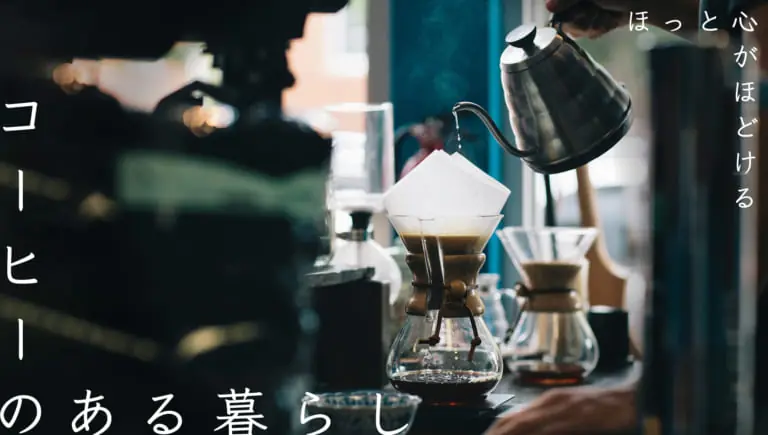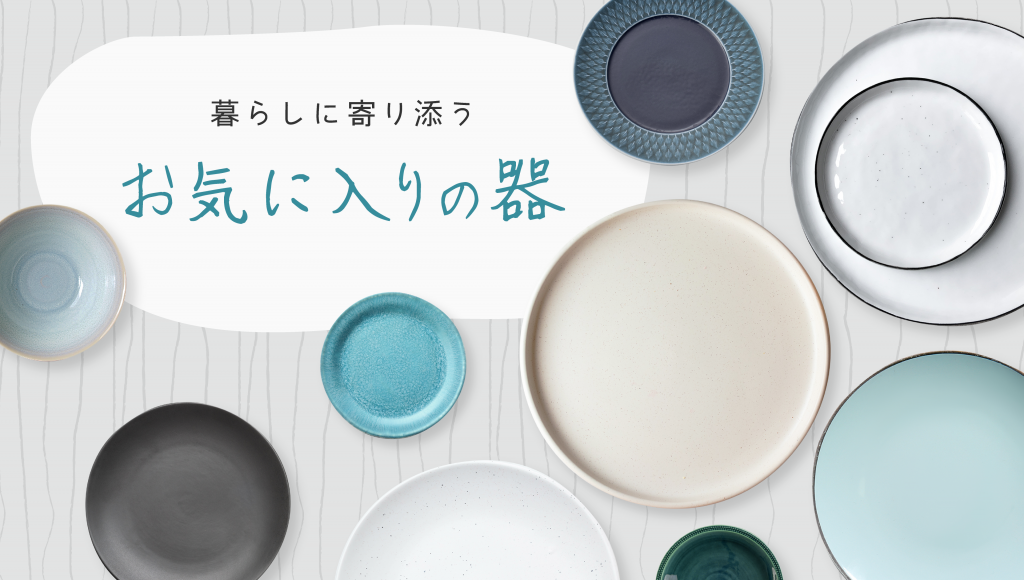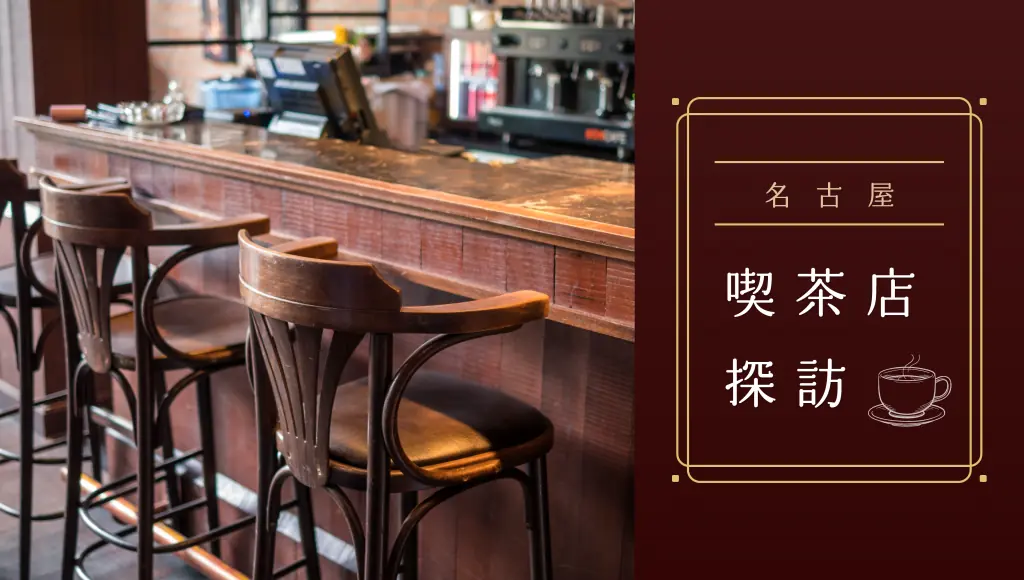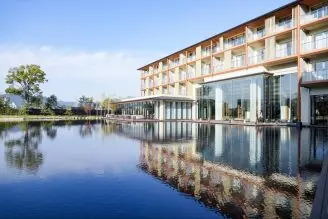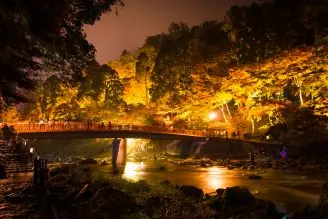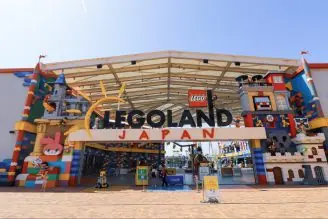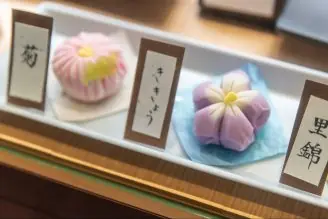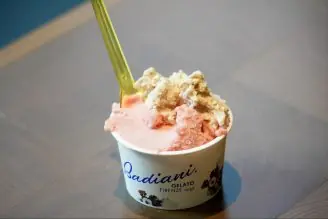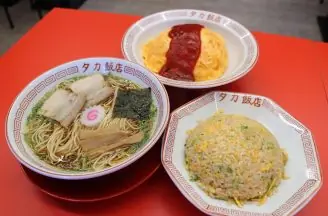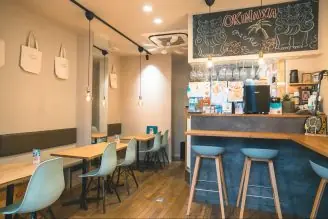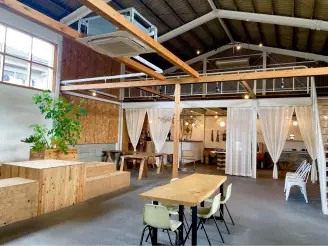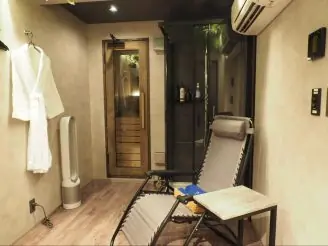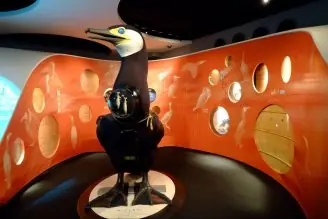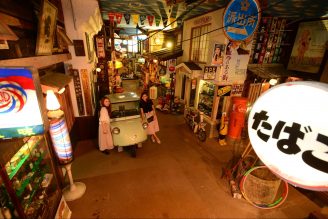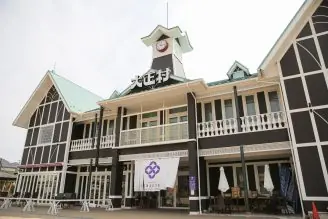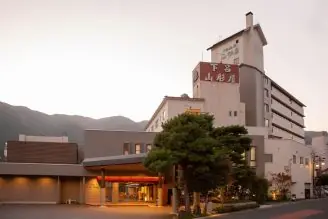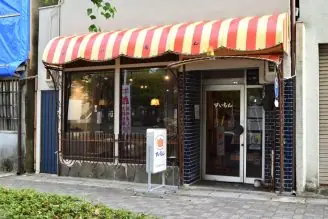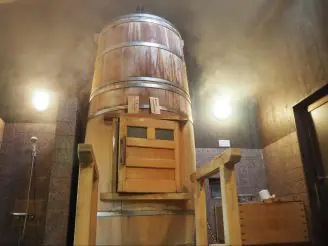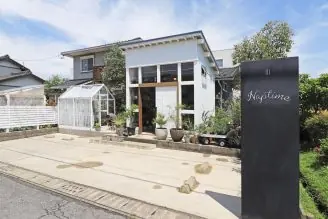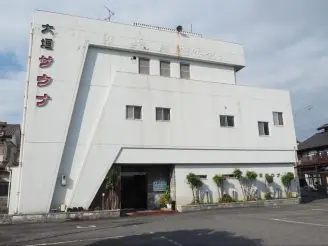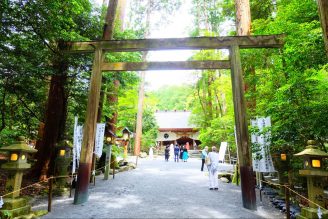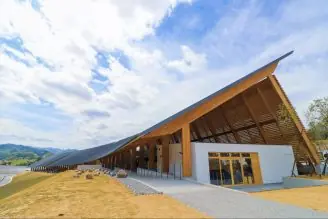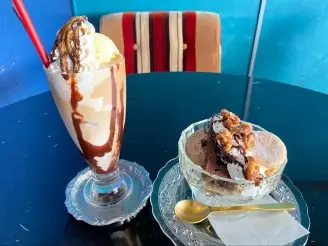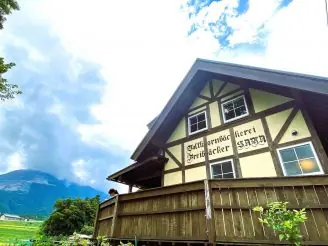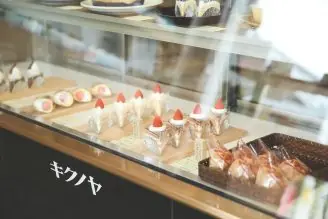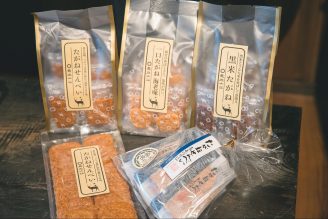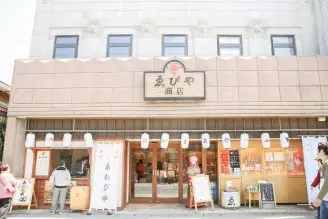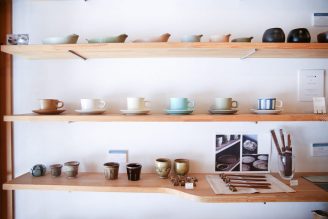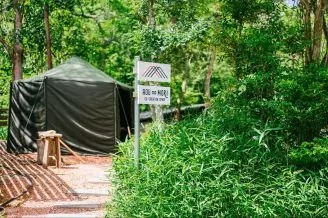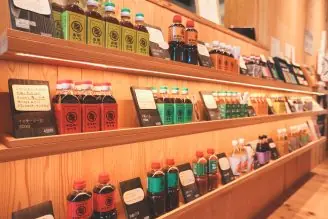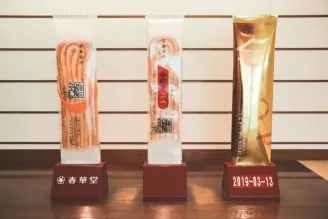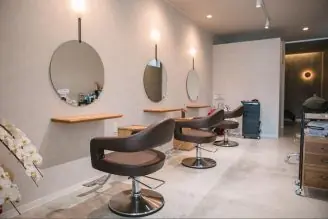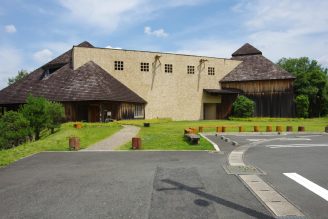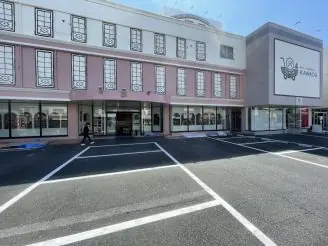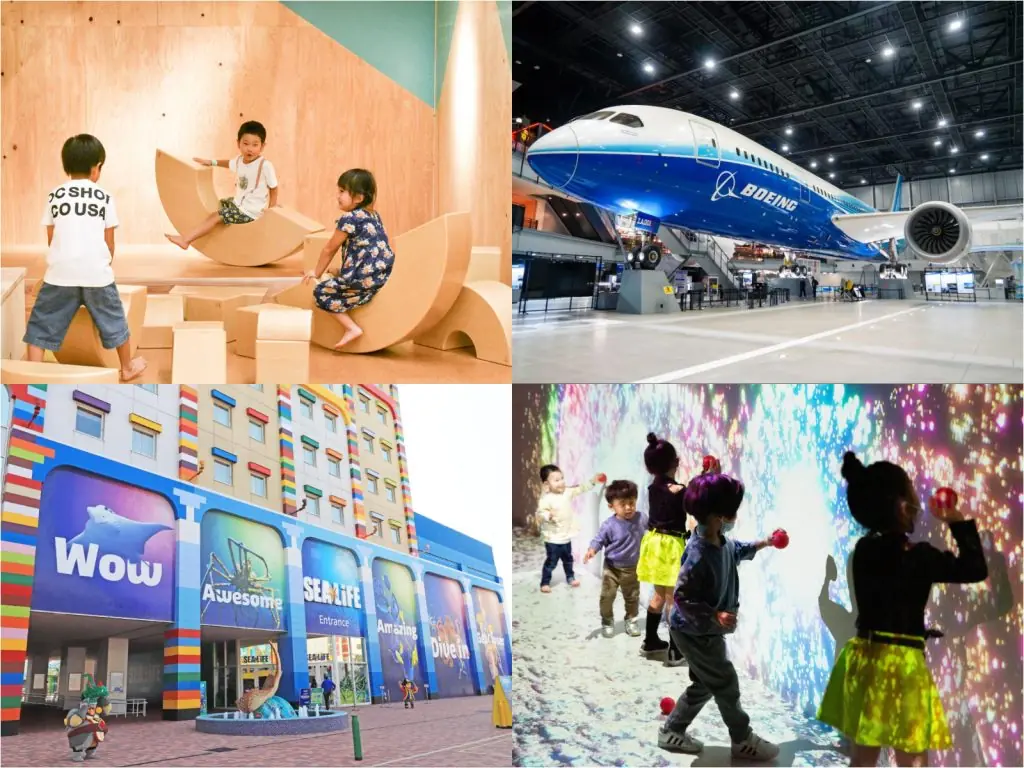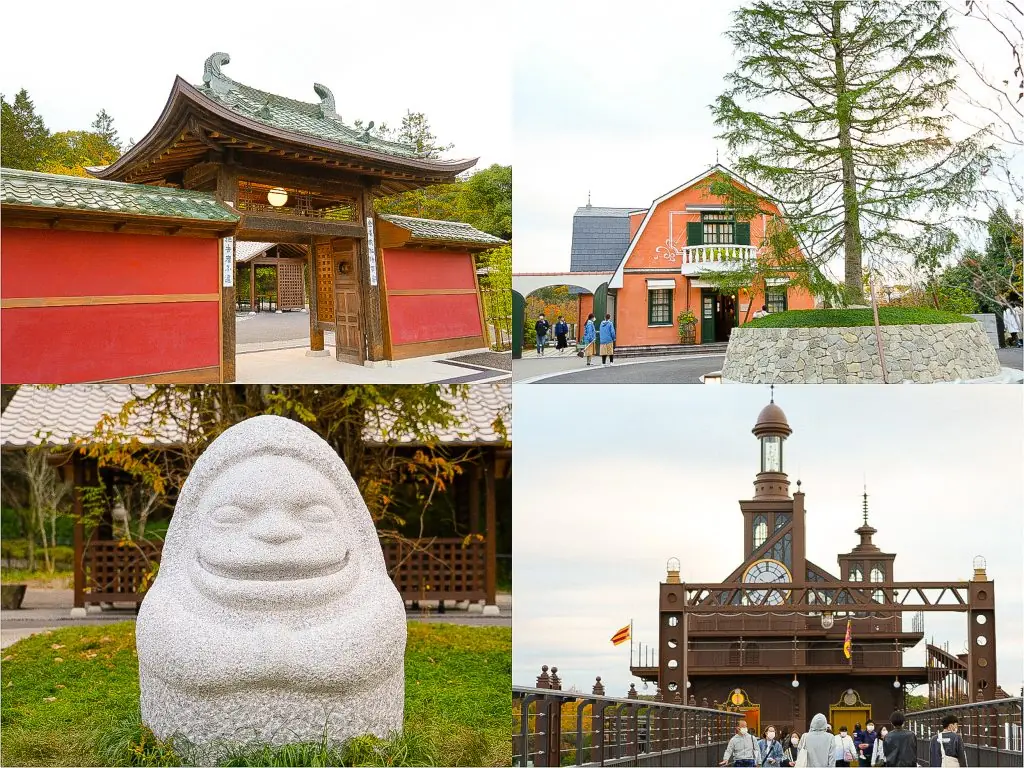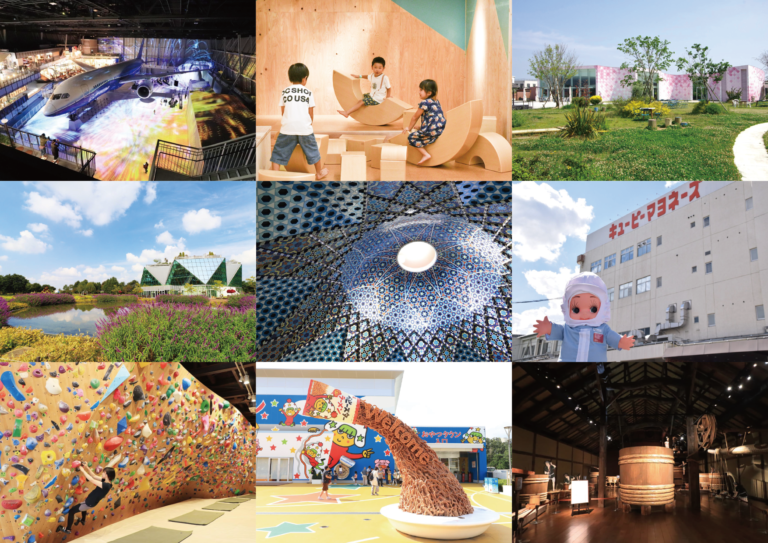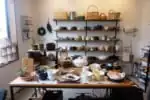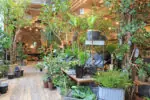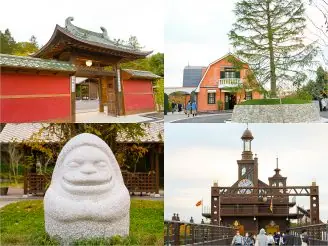[Shumokukan, Nagoya] Let's Stroll Around The Cultural Path (Bunka no Michi)
Table of Contents
An "Exhibition Room" where You can Learn about the Ceramics Industry in Nagoya
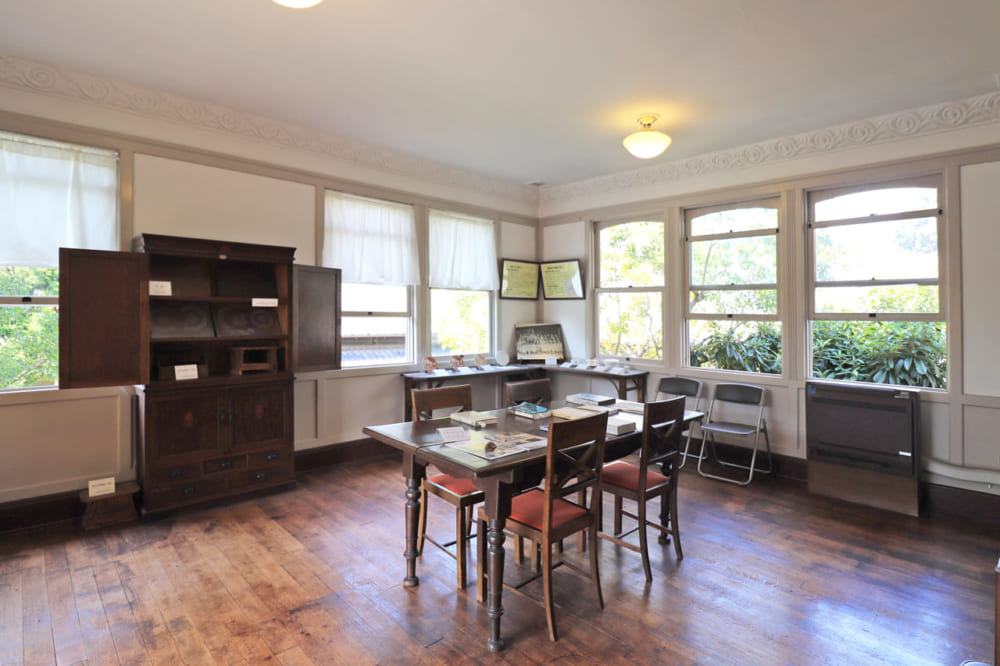
There are two exhibition rooms, one on the second floor of the Western-style building and the other in the Japanese-style building.
Tamesaburo Imoto began as a subcontractor for Morimura group and expanded his business as a ceramic processing wholesaler. He established branches in San Francisco, Singapore, and other cities, and expanded his import business. He also made significant contributions to the development of the ceramics and porcelain industry, including serving as president of the Nagoya Ceramics Trade and Commerce Association.
The area around The Cultural Path was located along the road leading to Seto and Tajimi, and was close to the Horikawa ferry landing, so many ceramic painters and processors gathered here. It is said that more than 70% of the ceramics made in Japan for export at that time were processed in this area.
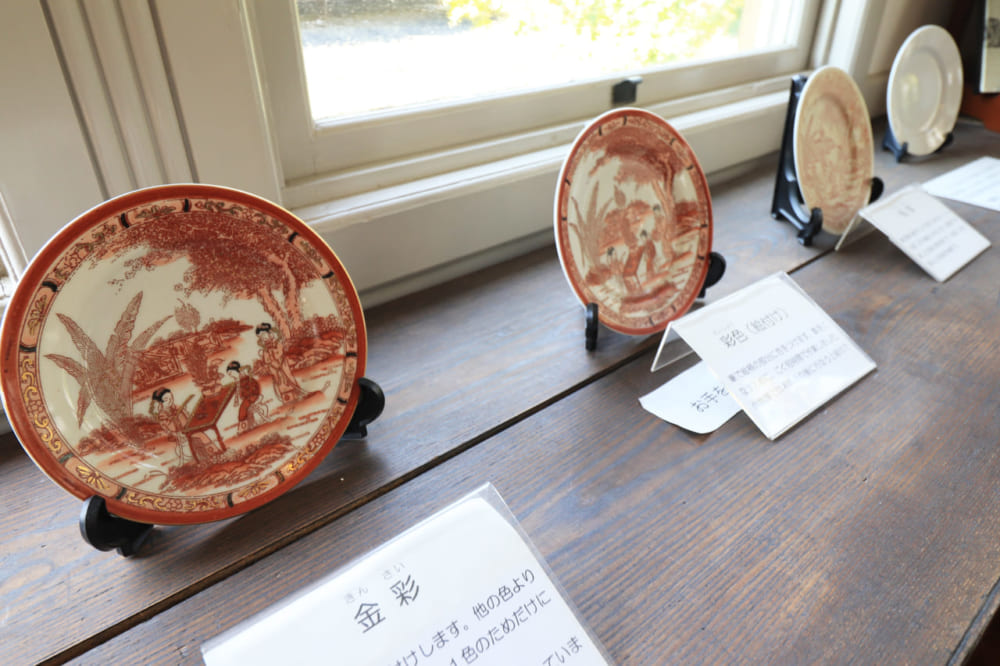
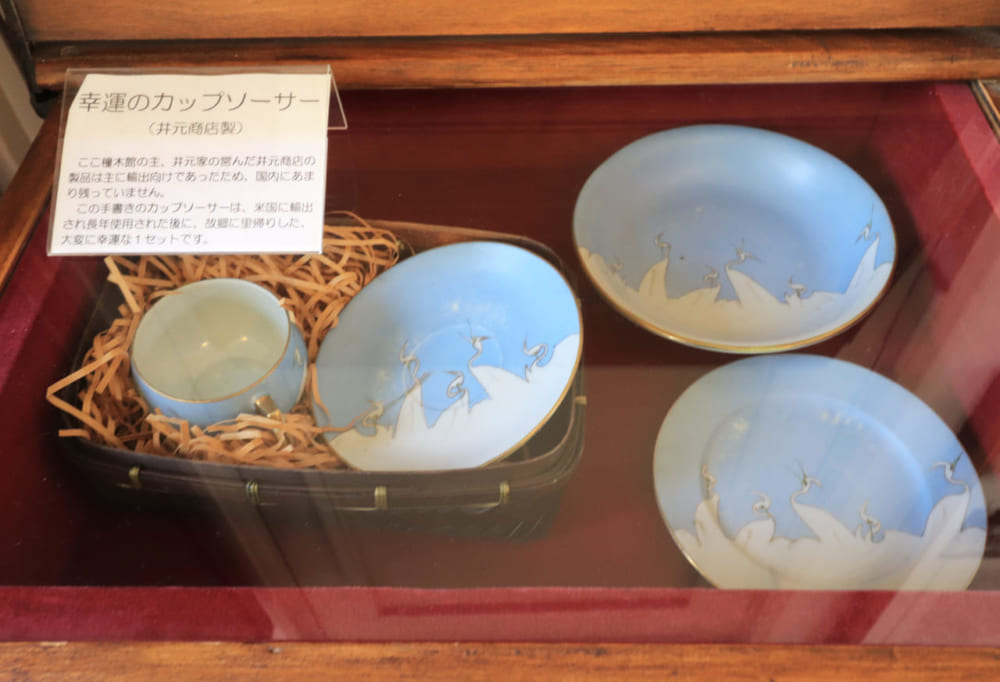
"Stained Glass" with Taisho Romanticism
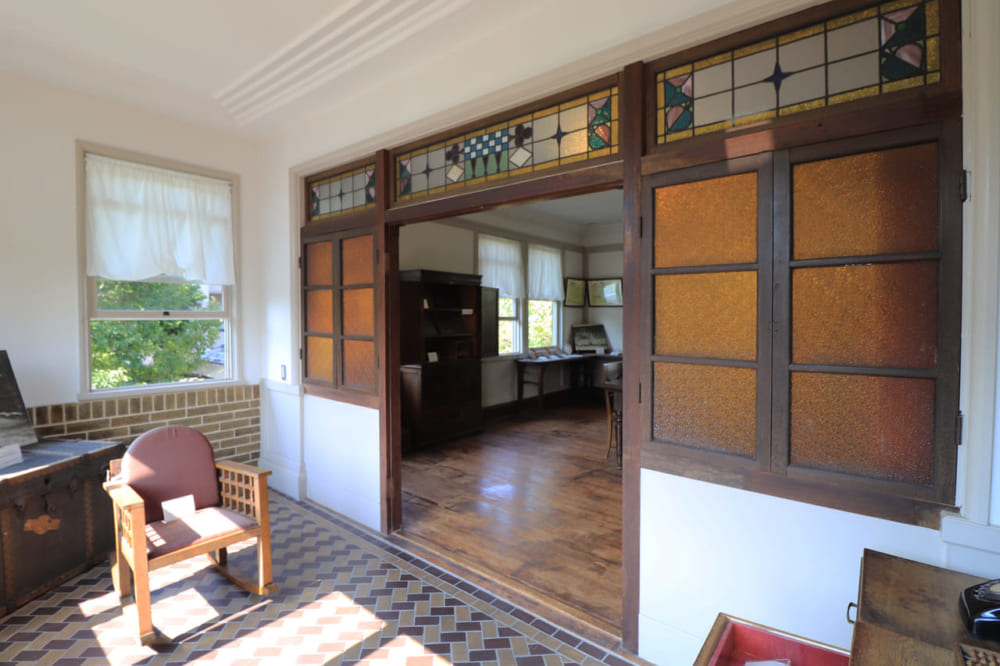
2nd floor sunroom
The "stained glass windows" are a must-see in the Shumokukan. Tamesaburo Imoto, who often interacted with people from overseas, has a keen sense of style.
The stained glass windows in the Shumokukan are subtly influenced by the Secession, a secessionist movement that emerged in Germany and Australia, and American Art Deco designs. American Art Deco designs spread throughout Japan in the Showa period and took many forms, including architecture, interior decoration, and household goods. The stained glass windows in the Shumokukan pioneered this trend.

Stained glass installed on the second floor between the former recreation room and the sunroom. It incorporates the diamond, clover, and spade symbols.
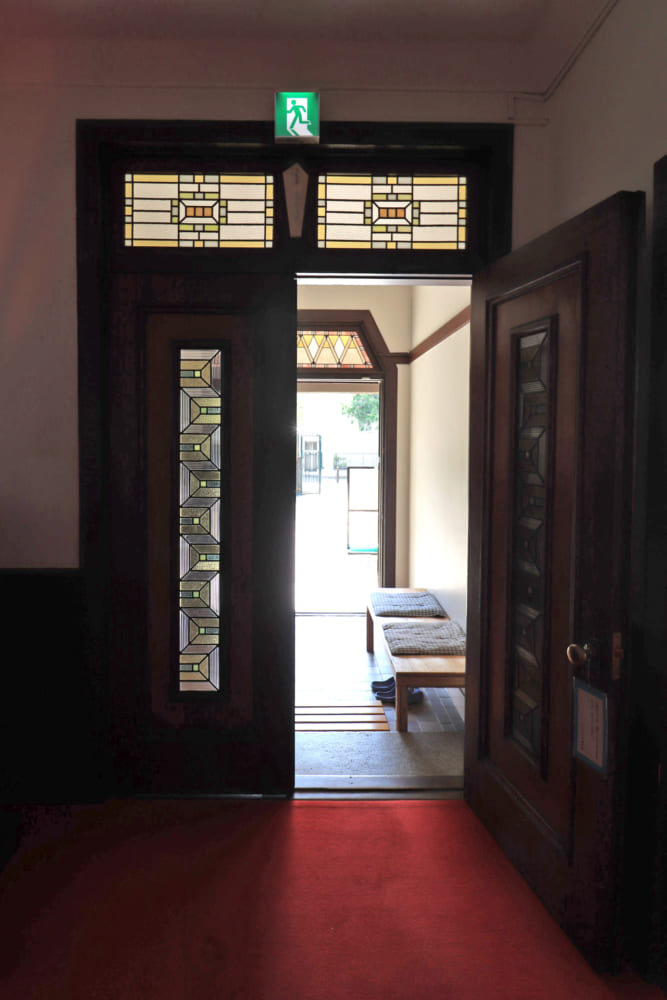
Stained glass at the entrance. It is not as flashy as "The Cultural Path Futaba Museum", but it's casually incorporated throughout the building.
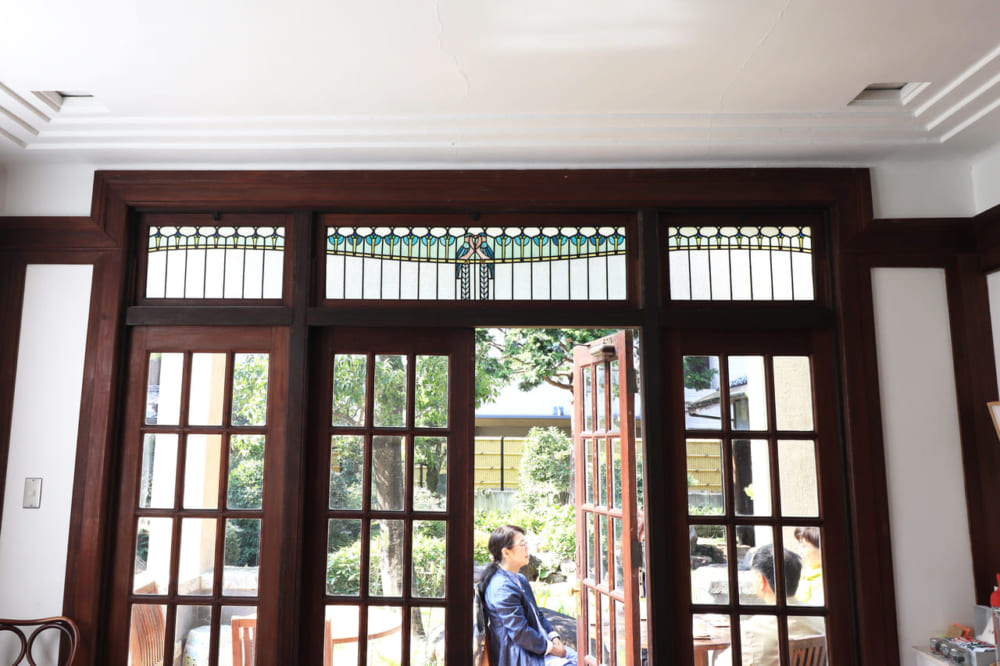

The receptionist told us a wonderful story about the stained glass windows. This stained glass window in the old reception room depicts two blue birds!


The stained glass near the reception area and the entrance door of the former reception room also depict blue birds. It is said that the stained glass depicting the meeting of these two birds is the first stained glass shown here.
![[Shumokukan, Nagoya] Let's Stroll Around The Cultural Path (Bunka no Michi)| Nagoya Higashi Ward Outdoor Spot > Tourist Spot |Life Designs (Life Designs) | Traveling and Living in Nagoya, Aichi, Gifu and Mie](https://life-designs.jp/wp/wp-content/themes/wp-templ/assets/img/common/logo.svg)


![[Tokai Area] Explore its History!](https://life-designs.jp/wp/wp-content/uploads/2019/12/LD_banner_w1920x1088_history-1-1024x580.jpg)
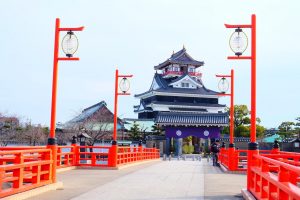
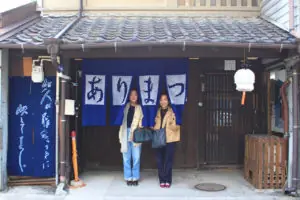
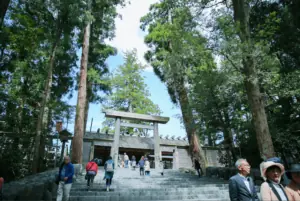
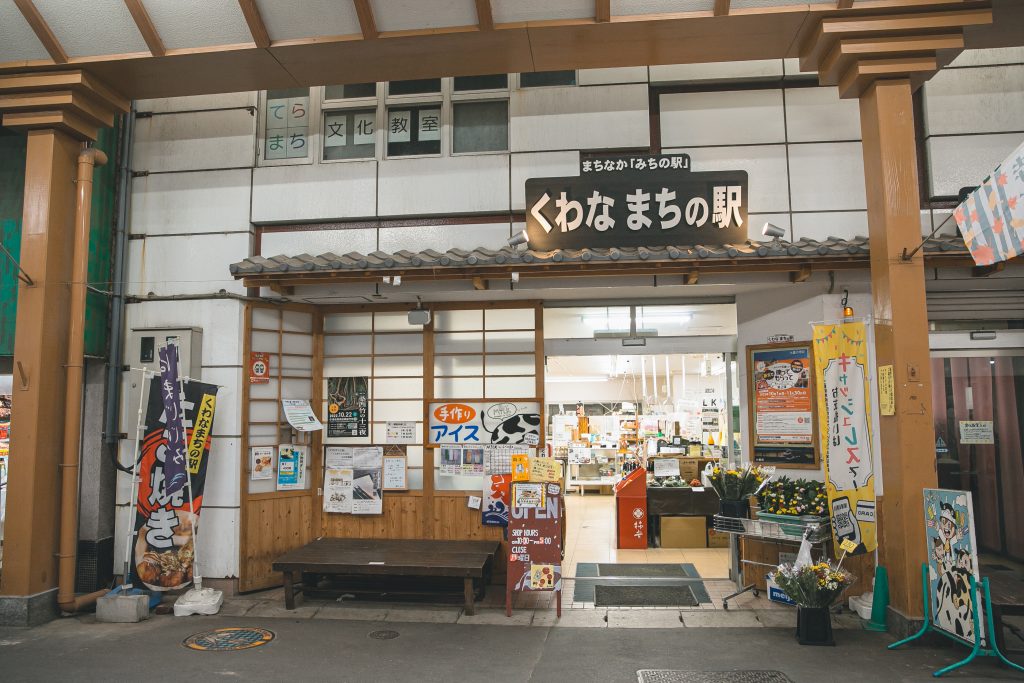
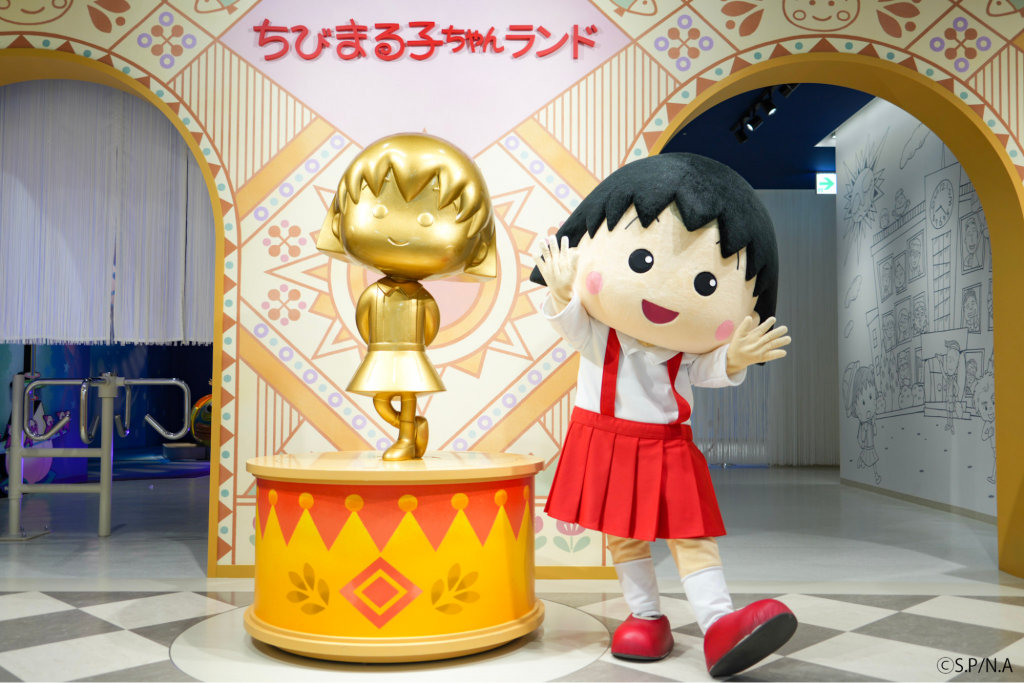
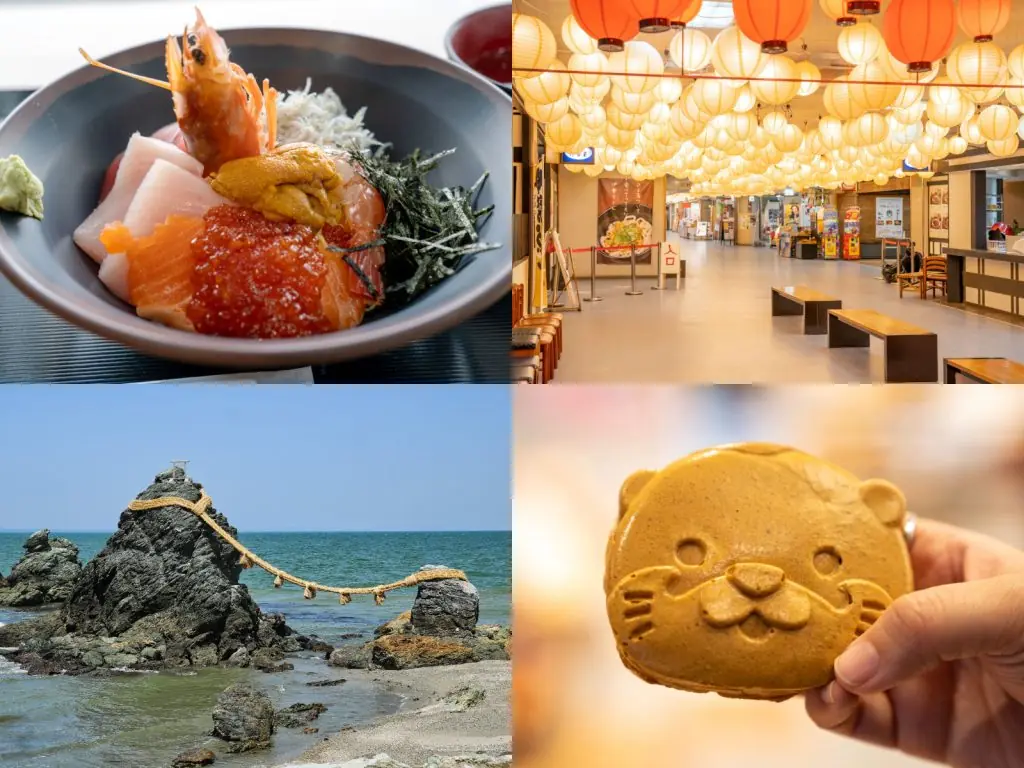
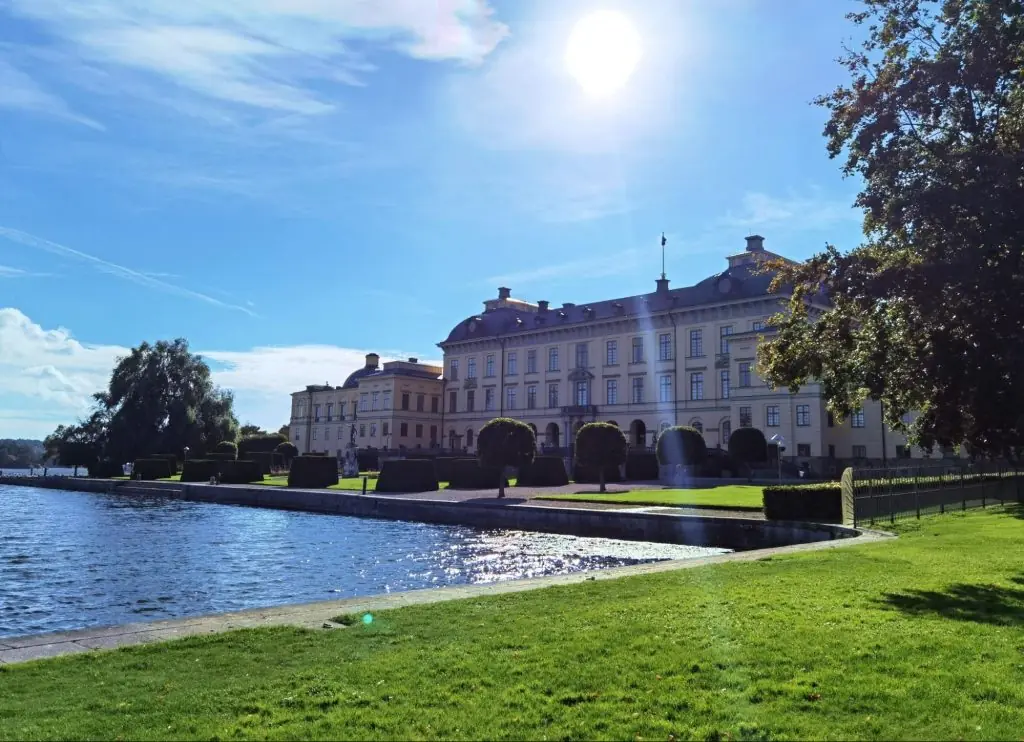

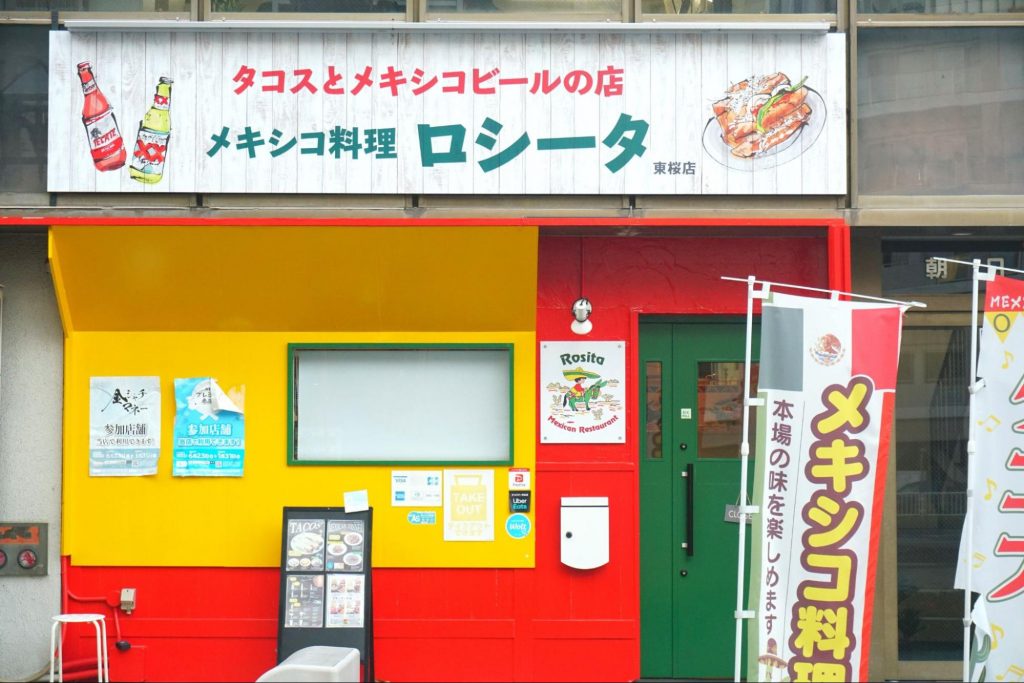

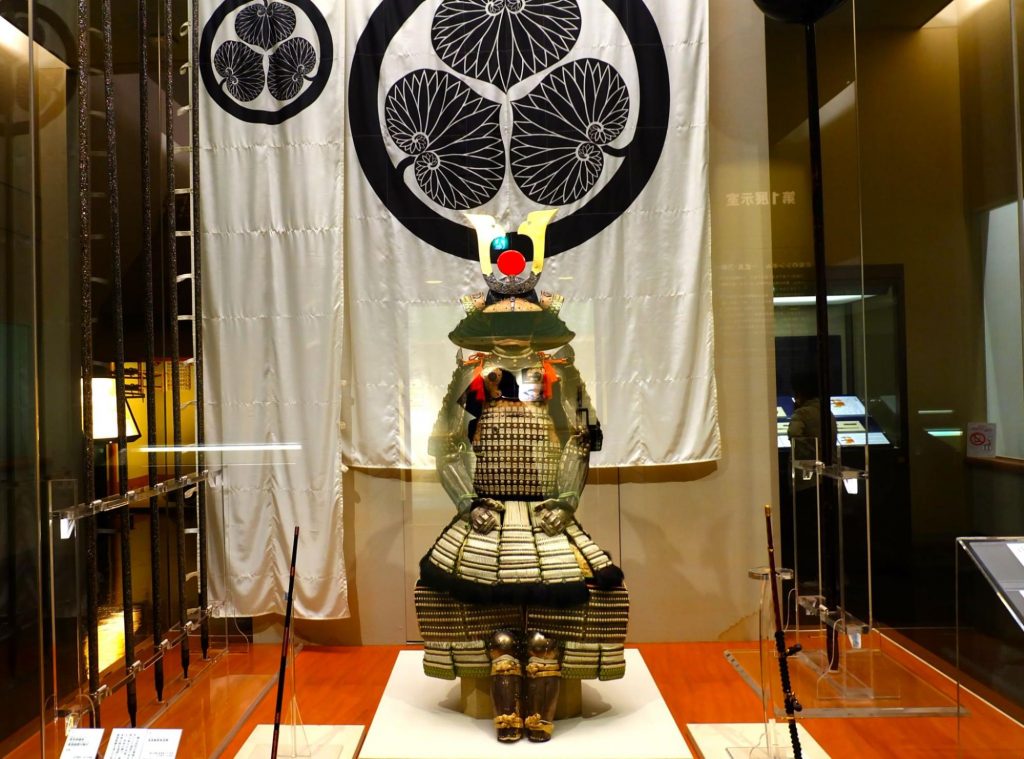

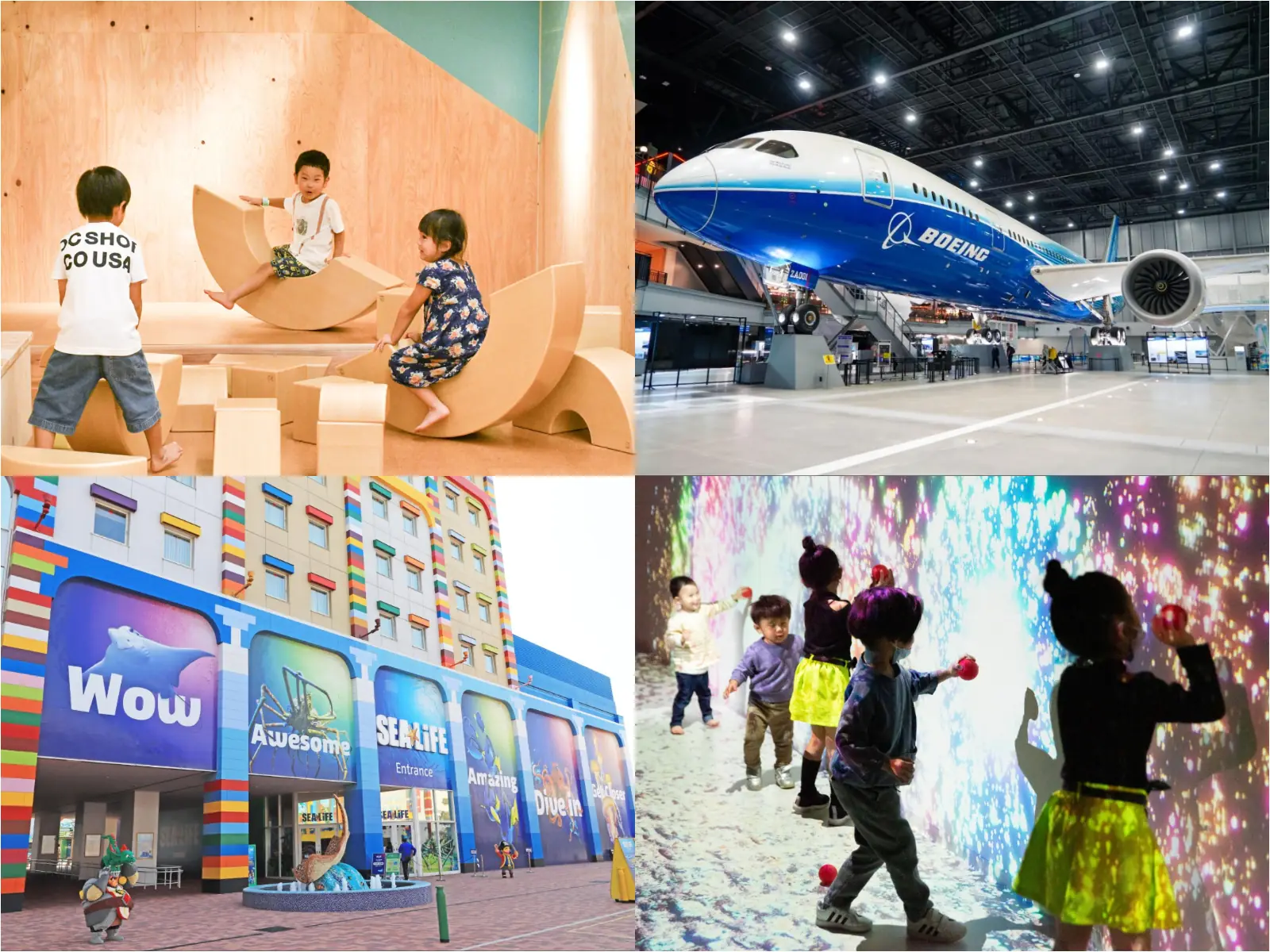





![[Enjoy Kuwana! ] From Classic to the Latest Spots](https://life-designs.jp/wp/wp-content/uploads/2022/11/Kuwana_w1920x1088-1-768x435.png)
